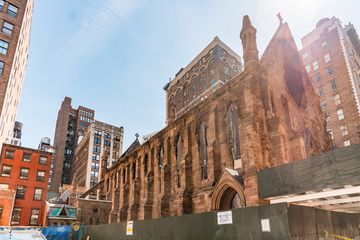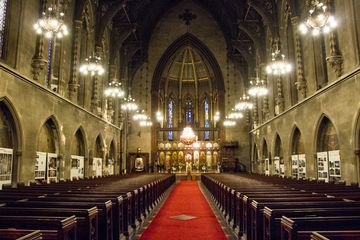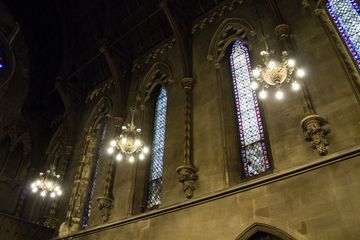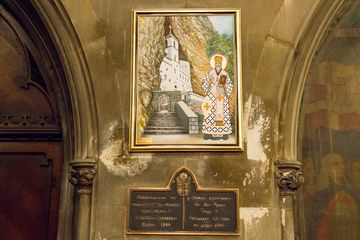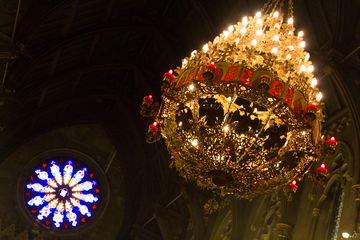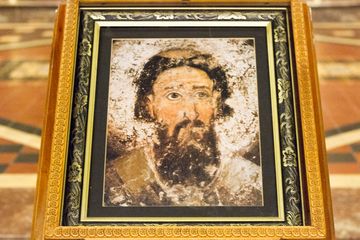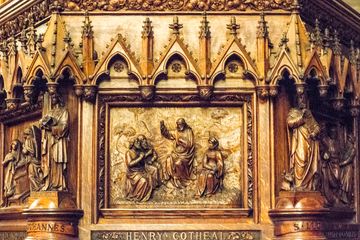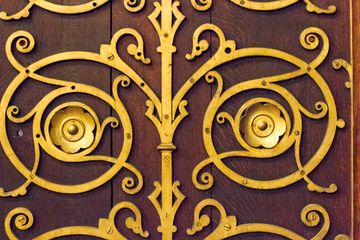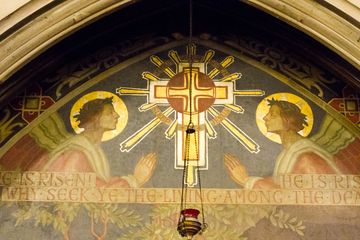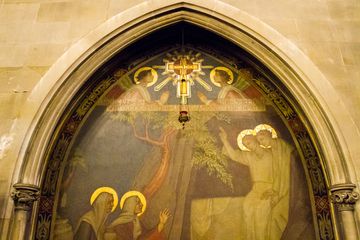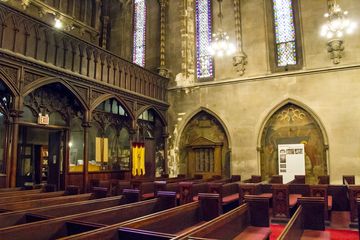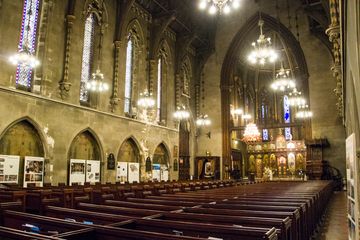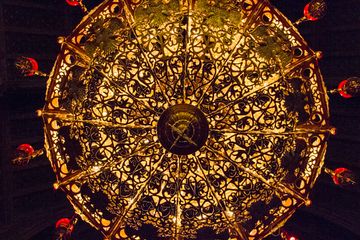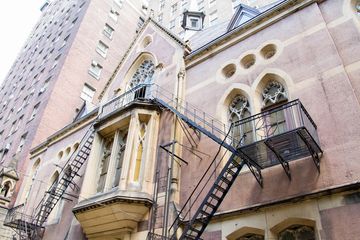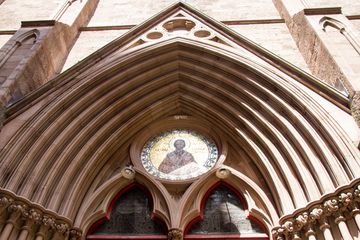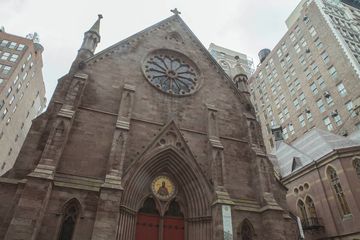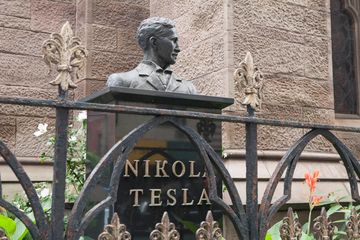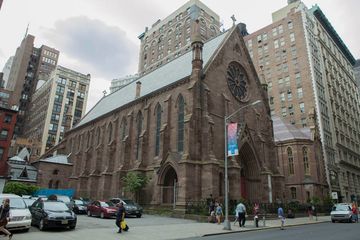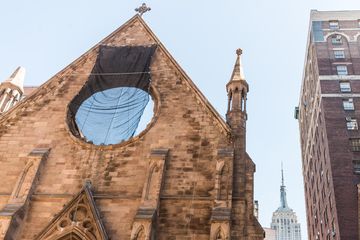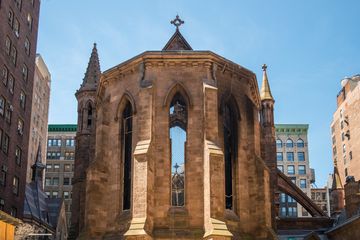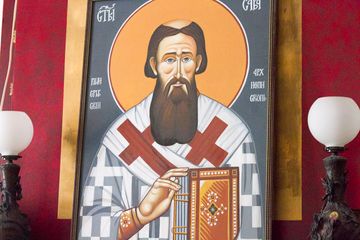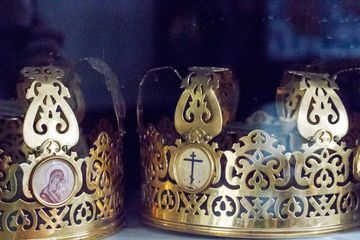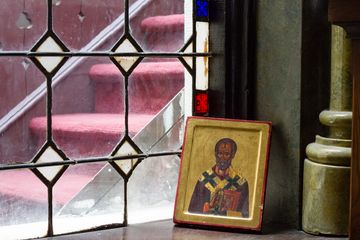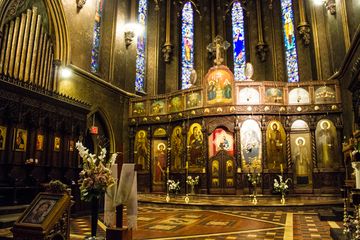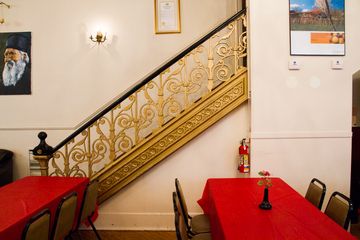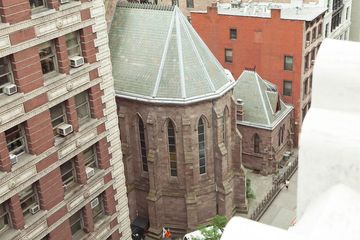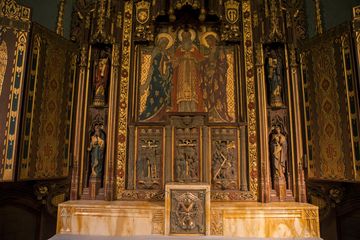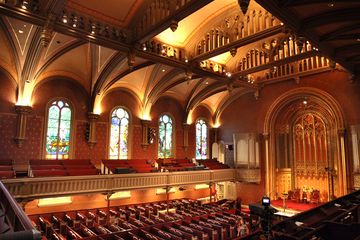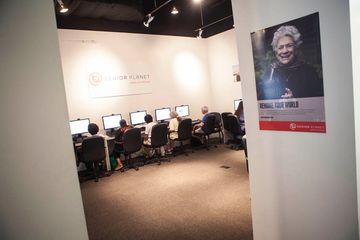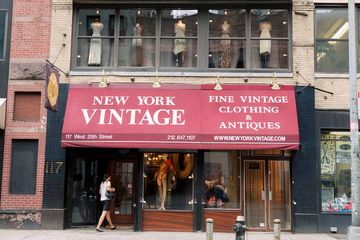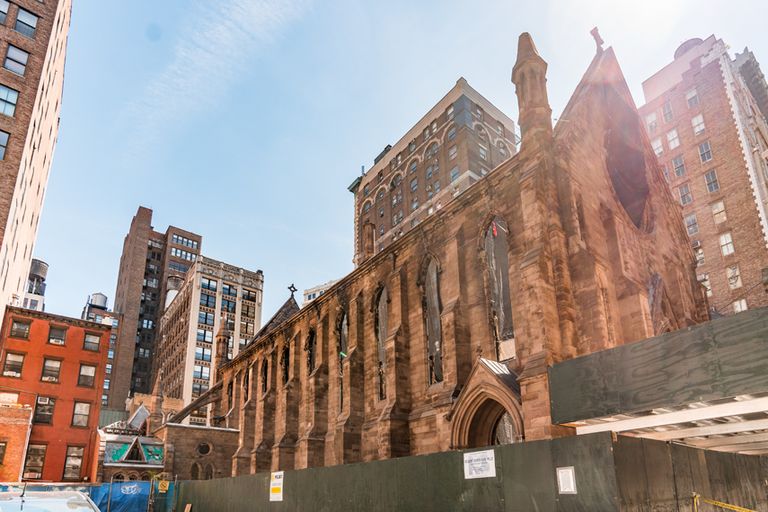
Arriving at the Serbian Orthodox Cathedral of St. Sava, I was greeted by the Very Reverend Djokan Majstorovic, a native Serbian who has served as cathedral dean for the past seventeen years. The Reverend welcomed me into his office and explained that, like many of Manhattan’s churches, the Cathedral of St. Sava has a long, rich history. Originally known as Trinity Chapel, an offshoot of Trinity Church on Wall Street, it was built in 1855 as a place of worship for “uptown” Episcopalians. A number of prominent New Yorkers attended Trinity Chapel in the late 19th century, and I was excited to learn that Edith Wharton got married there in 1885. And not only that—Trinity Chapel makes an appearance in The Age of Innocence, one of her most famous novels.
By the early 20th century, 25th Street had become a bustling commercial area, and many of the church’s parishioners moved away. In 1943, the Serbian community purchased Trinity Chapel and renamed it for St. Sava, the first Serbian archbishop. Reverend Djokan told me that over the past seventy years, the cathedral has grown into an educational and cultural center that hosts lectures, concerts, and youth activities. Worshipers come from Long Island, Westchester, Brooklyn, and Queens to participate in religious services, and on holidays, as many as 1,000 people gather at St. Sava.
The cathedral has been designated a national landmark building, and when I walked inside, I could see why. Most of the original stained glass windows are still intact, as are the church’s distinctive patterned tiles. Stunning murals from the 1920s decorate the walls alongside the pews, and the gorgeous rose window has been restored with deep, vivid colors. Some traces of the cathedral’s Episcopalian past are still visible - the intricate wooden pulpit, for example. The beautiful hand-carved iconostasis, painted by a famous Russian iconographer and transported all the way from Yugoslavia, separates the sanctuary from the rest of the church. The windows facing 26th Street, which were destroyed by an explosion in the 1970s, have been replaced with Byzantine-style stained glass.
But the beautiful history of this building comes with a price. The Reverend told us that it is extremely expensive to maintain, and the church recently spent fifteen years and four million dollars to restore the crumbling slate roof. “Between the community and some grants,” the Reverend told us, “we managed to raise all the money, and today we don’t have any debt.” But now the church hall, which was built in 1868 and houses feasts and community events, is also in need of restoration.
There is a statue of Nikola Tesla outside the church, and I was surprised to learn that he was buried by a priest from St. Sava. Though he never got to see the cathedral itself—it was purchased just months after his death—he was an active member in the New York Serbian Orthodox community. Michael Pupin, a Pulitzer-prize winning physicist, and St. Bishop Nikolai Velimirovich, an important writer and orator, were also influential early members of St. Sava.
On May 1, 2016, the church sadly caught fire and burned to the ground. Happily, no parishioners were inside, but the whole city grieves to have lost such a beautiful and historic structure.
